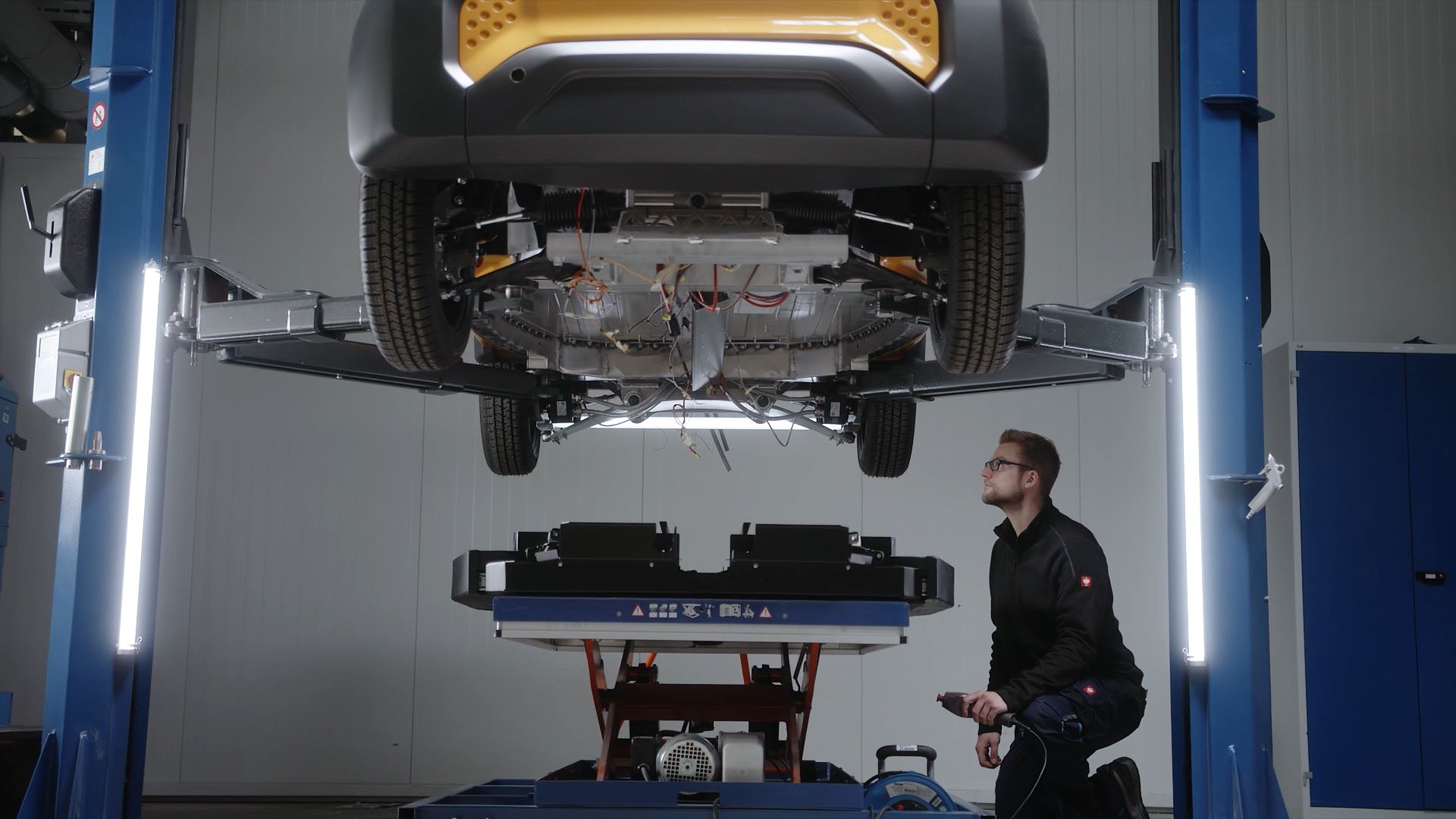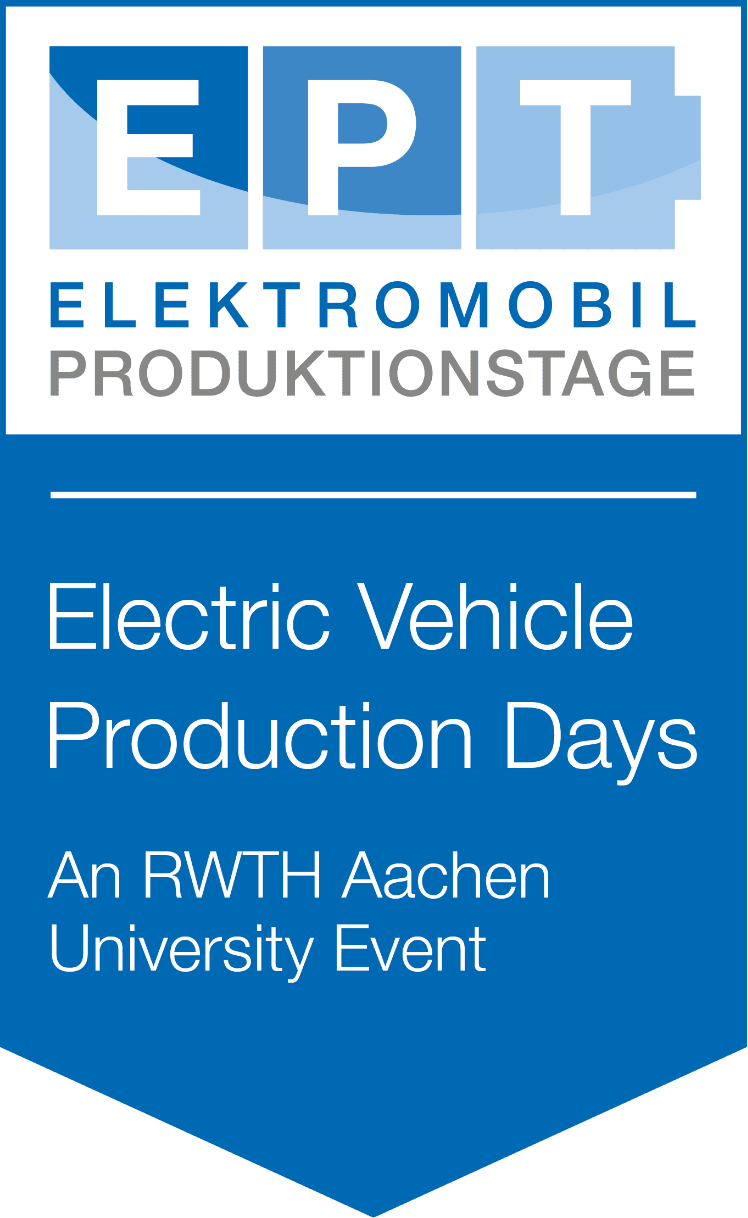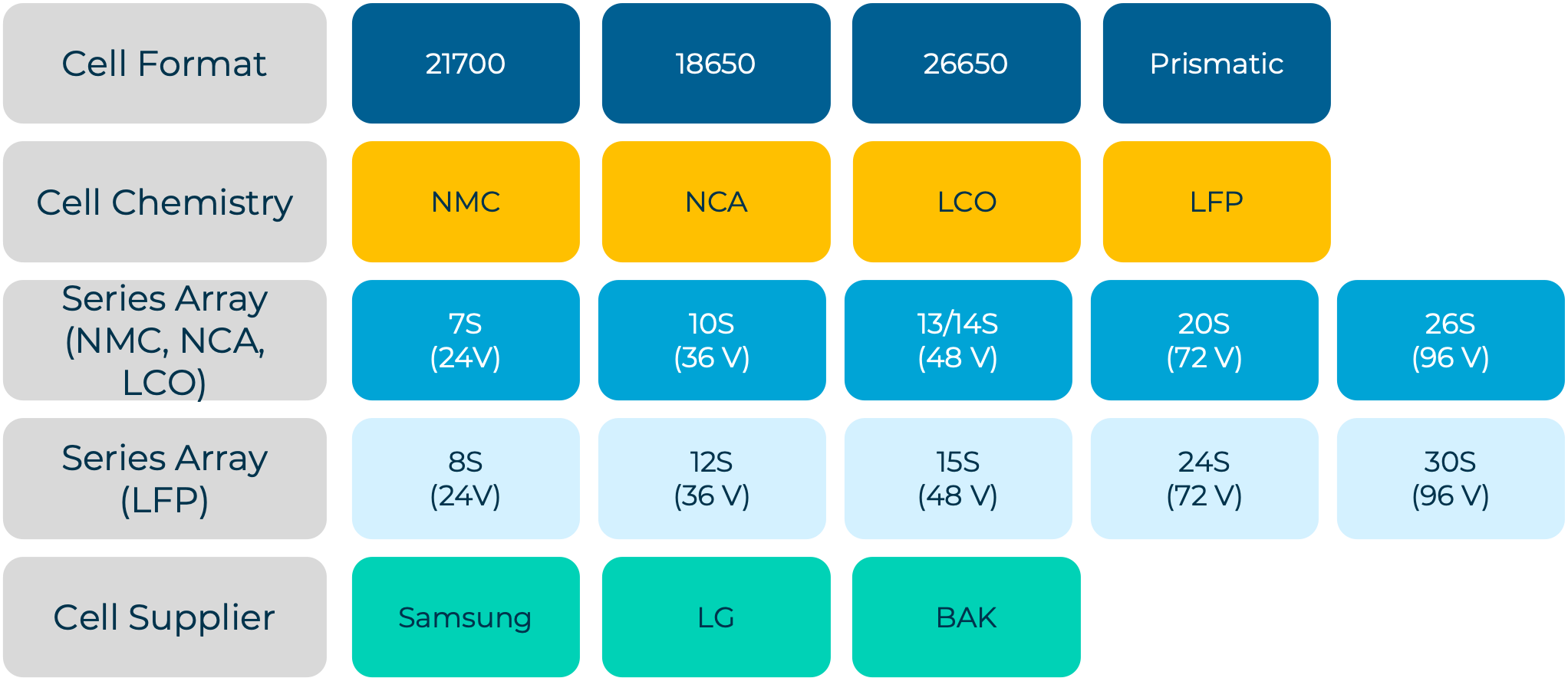Remanufacturing: The way to a circular economy of EV batteries
Electric mobility is our future –

But is the added value of EV batteries equipped for this development?
“My vision is sustainable recycling of used lithium-ion batteries from electric vehicles.”
“I am convinced that approaches of the circular economy are an inevitable strategy to increase both the economic and ecological efficiency of electric vehicles”.
says Dr. Sarah Fluchs.
There’s more!
There is a crucial problem with the number of electric vehicles and batteries that will enter the market in the next few years: batteries lose capacity over time and usage cycles. If their capacity drops below 80% State-of-Health, it no longer makes sense to use them in electric vehicles.
Individual battery cells in the overall battery system age very differently and only a few of them fall below the failure limit. However, the weakest cells within the battery determine the overall ageing significantly. Even though the bulk of the battery system is still in good condition, the entire battery system is removed and disposed of. Components that are still intact are lost, making it both economically and ecologically inefficient.
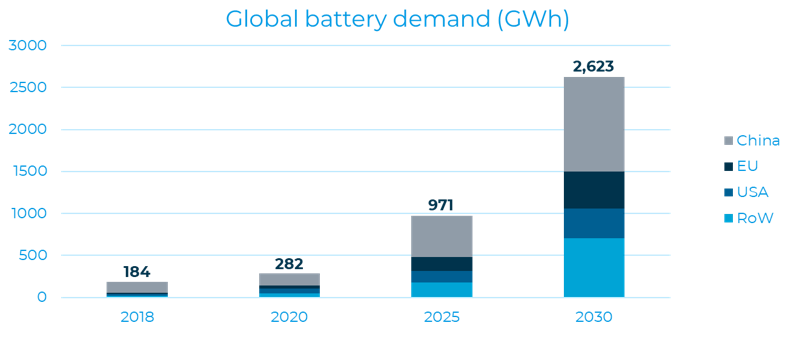
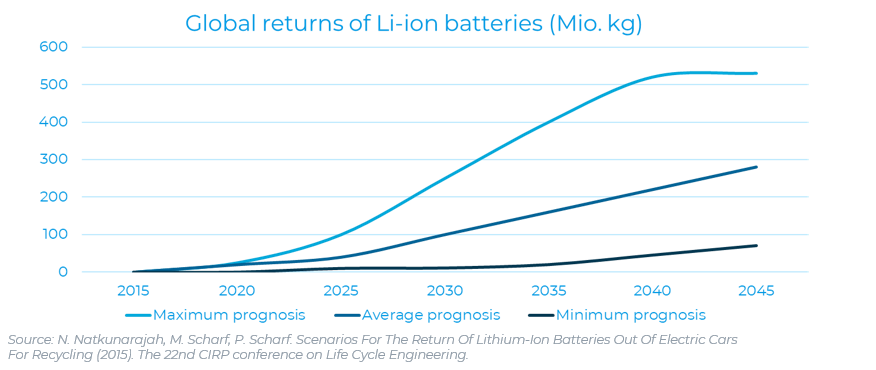
A lack of strategies

We notice that most companies and also politicians have not yet developed a concrete strategy for taking back and recycling batteries. This is where we come in. On the one hand, we advise companies that want to gain a foothold in this market and, together with customers and partners, we continue to expand our technical knowledge in the field of remanufacturing.
By law, the manufacturer is responsible for taking back the battery system and for its disposal. Currently, this is very costly due to inefficient and complex processes, small quantities and lack of economies of scale. Many materials are lost or can no longer be used for batteries due to contamination.
There is no doubt, however, that the market for returning batteries, which are at the end of their first life cycle, will increase significantly in the coming years. The design of the battery systems, which is currently not adapted for dismantling, also plays a major role: for safety and cost reasons, the cells are for example welded together. Some components can therefore only be removed by destroying them. Long-term, however, battery systems that can be dismantled and thus enable a high recycling rate will have a higher residual value, which will also provide economic incentives for sustainable design.
But what lies behind “Remanufacturing”?
The main focus of remanufacturing lies in the recycling of batteries, which basically means extending the life of the product or component. Intact parts and components are reused, while defective or faulty components are removed or replaced. In addition to the development of suitable testing and dismantling processes, a remanufacturable design of the battery system plays a key role.
“I already dealt with electromobility during my doctorate and examined the question of what influences the spread of electric vehicles in terms of market share worldwide. During my research work at the RWTH Aachen, my colleagues and I developed innovative technical solutions for the processing of electric vehicles and their batteries and successfully implemented them in demonstrators. We have already won various awards and prizes such as the RWTH Innovation Award or the European Battery Challenge.”
Says Sarah
She is now working with colleagues on commercialising the research results and knowledge gained, in a spin-off.
“I am fascinated by the vision of sustainable electric mobility and in particular by the unique opportunity that we have to design a new market from the ground up to be sustainable and future-proof. We must seize this opportunity together, and we must seize it now!”
Dr. Sarah Fluchs,
Director Remanufacturing & Sustainability
In practice, the whole thing could look like this: After taking back the used battery systems and analyzing them down to the battery cell level, the best decision for the recovery strategy of each individual component is determined. The lithium-ion battery modules and cells are dismantled, tested and sorted.
Individual parts can be reconditioned and built either into new battery systems for direct re-use in the vehicle or for a 2nd life in stationary energy storage systems. The remaining components can also be sorted into the specific recycling routes.
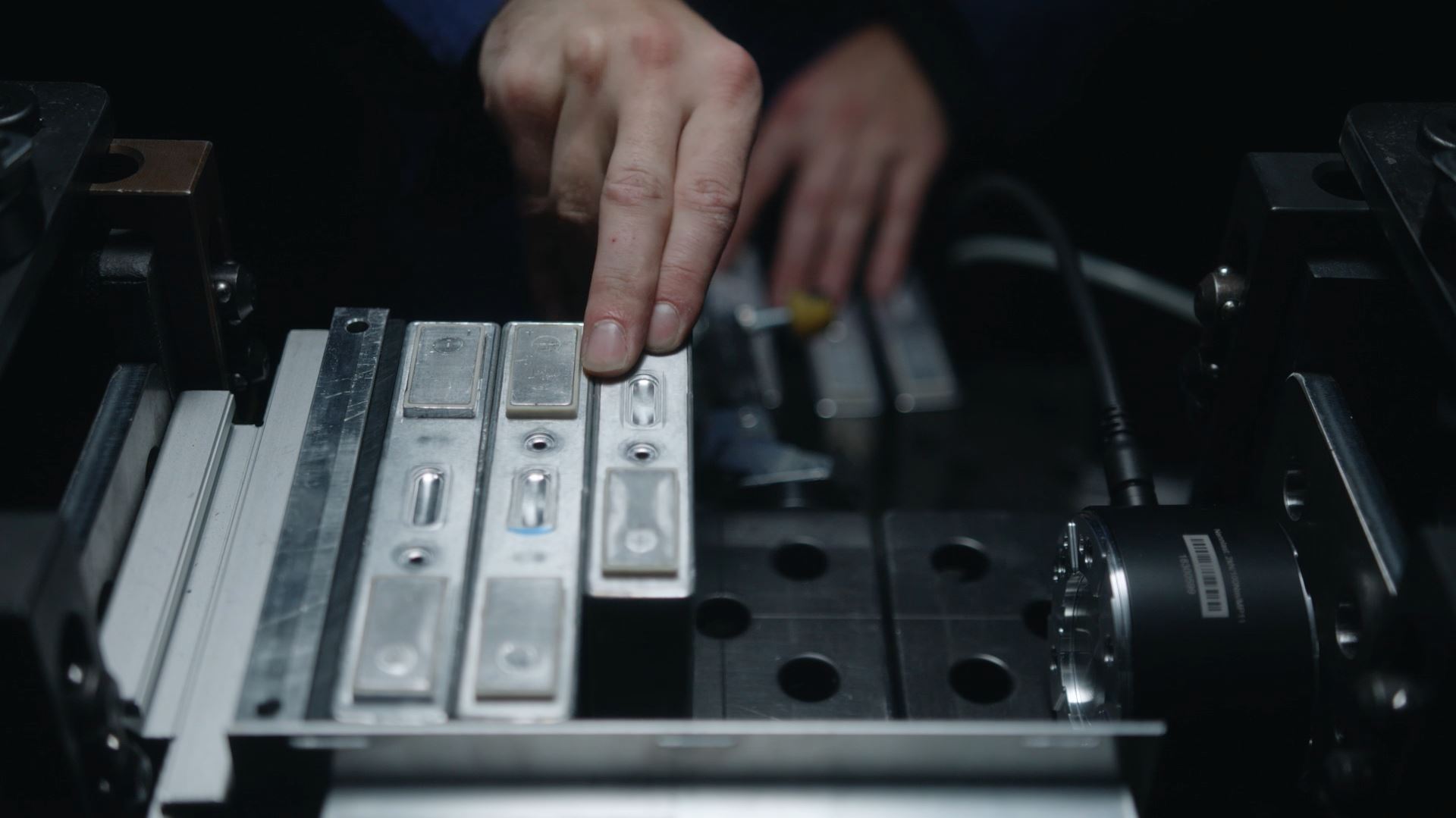

The aim in any case is to extend and optimise the life cycle of the lithium-ion battery and its components in order to achieve a more sustainable use of our resources and, ultimately, sustainable mobility – not just in the distant future, but today!
As Director for Remanufacturing and Sustainability at PEM Motion, Sarah has positioned us as an important partner in various national and international initiatives to actively participate in the relevant topics in this area, especially in closing the cycle, and to contribute our expertise. In the Circular Economy Initiative Germany, for example, we are developing a roadmap for a sustainable closed-loop economy for traction batteries together with various players from business, science and civil society.(https://www.circular-economy-initiative.de/).
We are currently carrying out an exciting and trend-setting project with a group of leading companies from various sectors of the value chain. The aim of this 9-month consortium study (https://pem-motion.com/konsortialstudie/) is the disassembly and testing of different battery packs, their SOH determination, a component analysis and evaluation, to provide a detailed industry overview and best practices of different aspects of battery components and their recyclability. We highlight innovative battery system concepts and evaluate the suitability of different strategies for a second life cycle.

